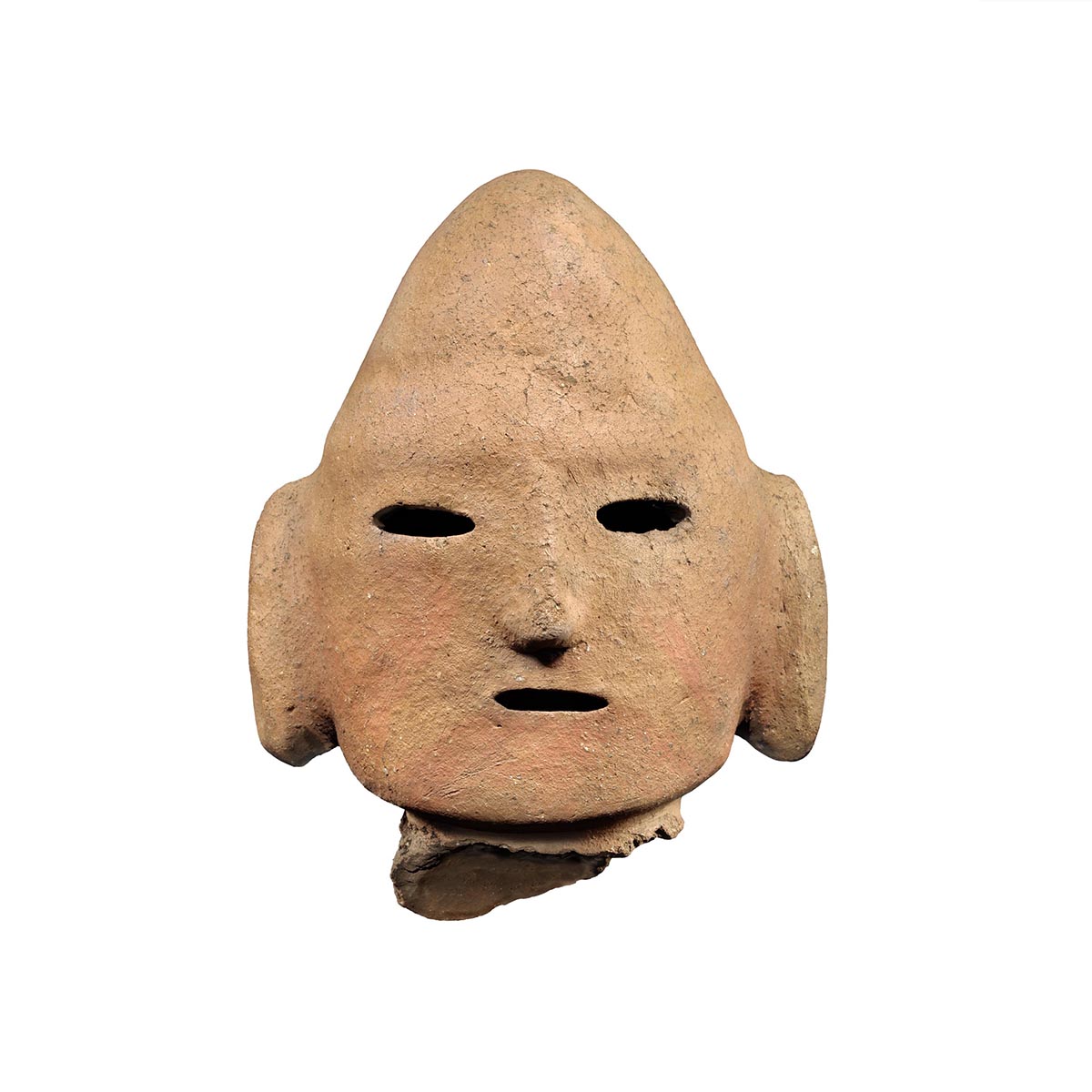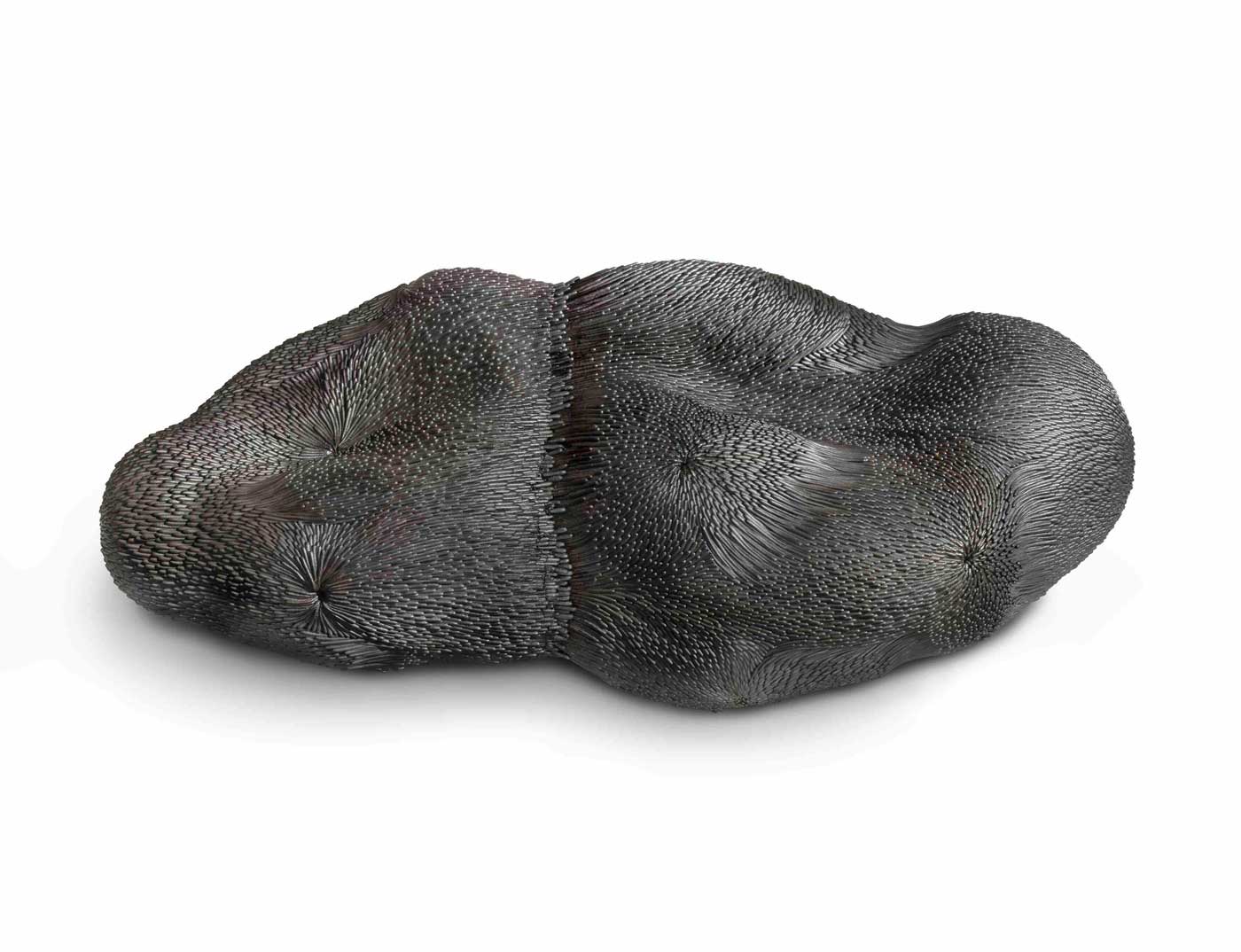Haniwa head
Ceramic
- Sold
-
Material
Earthenware
-
Size
21,5 (h) x 16 cm
-
Period
Kofun period
-
Scientific Dating
TL 300 - 450 AD
Description
Haniwa (Hollow Clay Sculpture) of a human head
The Haniwa are terracotta clay figures that were made for ritual use and buried with the dead as funerary objects during the Kofun period (3rd to 6th centuries AD) of the history of Japan. Haniwa were created according to the wazumi technique, in which mounds of coiled clay were built up to shape the figure, layer by layer. Haniwa can also refer to offering cylinders, not the clay sculptures on top of them as well as the "wooden haniwa" found in Kofun tumuli.
Terracotta Haniwa were made with water-based clay and dried into a coarse and absorbent material that stood the test of time. Their name means "circle of clay", referring to how they were arranged in a circle above the tomb. The protruding parts of the figures were made separately and then attached, while a few things were carved into them. They were smoothed out by a wooden paddle. Terraces were arranged to place them with a cylindrical base into the ground, where the earth would hold them in place.
During the Kofun period, a highly aristocratic society with militaristic rulers developed. The cavalry wore iron armor, carried swords and other weapons, and used advanced military methods like those of northeast Asia. Many of them are represented in haniwa figurines for funerary purposes.
The most important of the haniwa were found in southern Honshū—especially the Kinai region around Nara—and northern Kyūshū. Haniwa grave offerings were made in many forms, such as horses, chickens, birds, fans, fish, houses, weapons, shields, sunshades, pillows, and humans. Besides decorative and spiritual reasons of protecting the deceased in the afterlife, these figures served as a sort of retaining wall for the burial mound.
Because these haniwa display the contemporary clothing, hairstyle, farming tools, and architecture, these sculptures are important as a historical archive of the Kofun Period.


